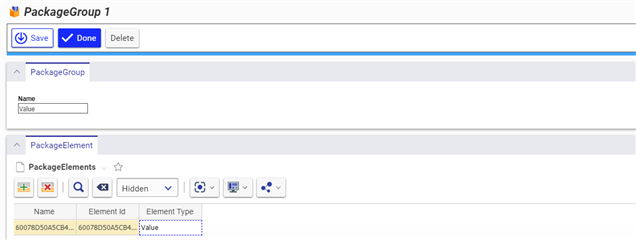Hello,
I have imported a package with a custom solution which has an ItemType "New ItemType" in a Category1. But in this package I haven`t added the List "Categories" so when I imported it, there was no value "Category1", which is normal. Anyways somehow the category exists(only in the TOC not in the List of categories).

My question is how could I add to this category "Category1" a new ItemType "ItemType2" that I want to create? When I didn`t export the list "Categories" and so in it, it doesn`t exist the value "Category1". Should I create again this Category1 in the list "Categories" in order to add this new "ItemType2" to Category1?
I would appreciate any help! Thank you!
Regards,
Dara



